What Gear Do I Need to Climb Kilimanjaro Afrika?
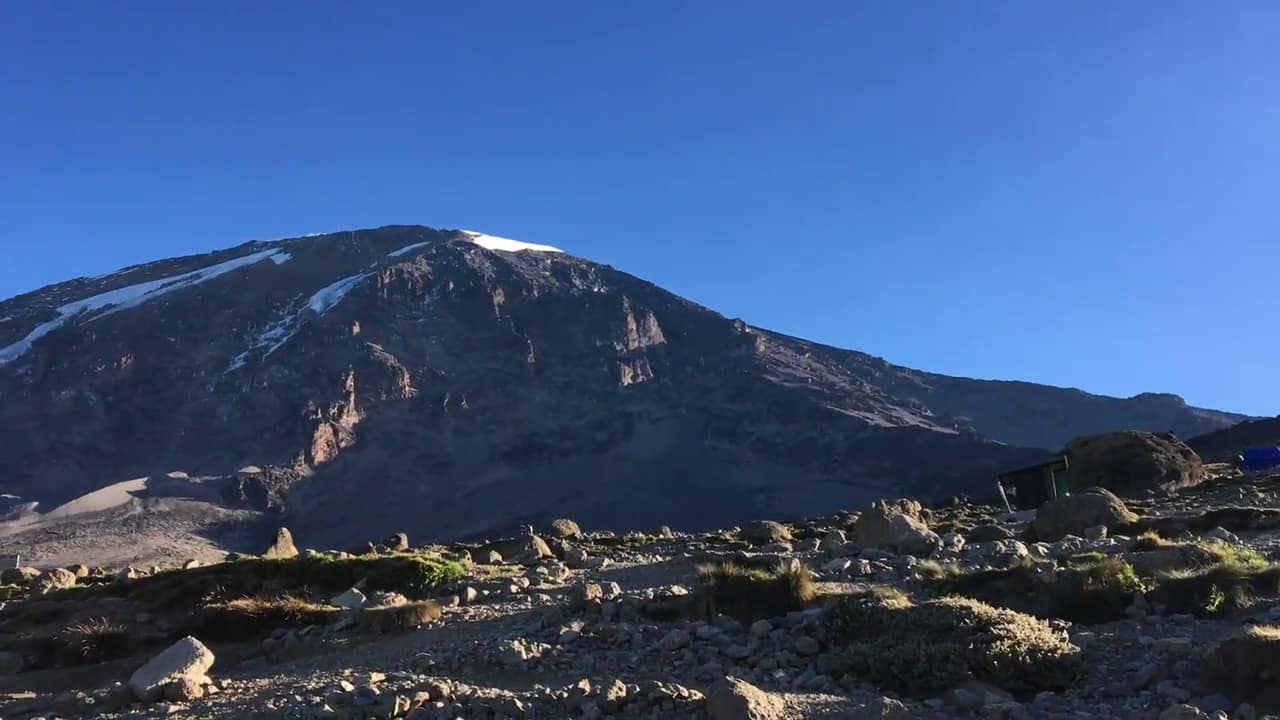
Embarking on a thrilling adventure to climb Kilimanjaro, the majestic mountain of Afrika, is a remarkable feat that requires careful planning and preparation. One of the key factors that contribute to a successful summit is having the right gear. In this comprehensive guide, we will explore the essential equipment you need to conquer Kilimanjaro and make your journey safe, comfortable, and memorable.
What gear do I need to climb Kilimanjaro Afrika?
When preparing for a Kilimanjaro expedition, having the right gear is crucial to your safety and comfort throughout the climb. This section will outline the essential equipment you need to pack for your journey to the summit of Kilimanjaro in Afrika.
Clothing
Proper clothing is essential for tackling the ever-changing weather conditions on Kilimanjaro. The layering system is highly recommended to adapt to temperature fluctuations and keep you comfortable throughout the climb.
Layering System
The layering system consists of multiple clothing layers that can be added or removed as needed. This approach allows you to adjust to varying temperatures and exertion levels, maximizing comfort and performance.
Base Layer
The base layer is in direct contact with your skin and serves to wick moisture away, keeping you dry and regulating body temperature. Choose a lightweight, moisture-wicking fabric like merino wool or synthetic materials.
Mid-Layer
The mid-layer provides insulation and additional warmth. Fleece jackets or synthetic insulated jackets are ideal for this layer, as they offer excellent warmth-to-weight ratio and breathability.
Insulating Layer
The insulating layer is crucial for combating the cold temperatures at higher altitudes. Down jackets or synthetic insulated jackets with a high fill power are recommended to provide maximum warmth while minimizing weight.
Outer Shell
The outer shell layer protects you from wind, rain, and snow. Look for a waterproof and breathable jacket and pants with sealed seams to ensure optimal protection against the elements.
Footwear
Choosing the right footwear is essential for the success of your Kilimanjaro climb. Your shoes should provide comfort, stability, and protection from the rugged terrain.
Hiking Boots
Investing in a pair of high-quality hiking boots is crucial for a comfortable and safe climb. Look for boots with ankle support, a sturdy sole, and excellent traction. It’s recommended to break in your boots before the expedition to prevent blisters and discomfort.
Socks
Wearing moisture-wicking socks made of merino wool or synthetic materials is highly recommended. Avoid cotton socks as they retain moisture, increasing the risk of blisters and discomfort.
Gaiters
Gaiters are protective coverings worn over your boots and lower legs to keep out debris, water, and snow. They are especially useful during the rainy season or when traversing snow-covered sections.
Headgear
Protecting your head from the sun, cold, and wind is essential for your comfort and well-being during the Kilimanjaro climb.
Sun Hat
A wide-brimmed hat or a cap with a neck flap provides crucial sun protection for your face, neck, and ears. Look for a hat with UPF (Ultraviolet Protection Factor) for added sun protection.
Warm Hat
At higher altitudes, temperatures can drop significantly. A warm hat, such as a beanie or a balaclava, is essential to keep your head warm during cold nights and early morning starts.
Bandana
A bandana is a versatile accessory that can be used to protect your neck and face from sunburn, dust, or wind. It can also serve as a sweatband or a makeshift sling if needed.
Handwear
Keeping your hands warm and protected is crucial, as they are susceptible to cold-related injuries at high altitudes.
Gloves
Invest in a good pair of insulated gloves that offer dexterity and warmth. Look for gloves with a waterproof and breathable outer shell, coupled with an inner liner for added insulation.
Mittens
Mittens are an excellent addition to your hand wear arsenal, providing superior warmth and protection in extremely cold conditions. Opt for mittens with removable liners for added versatility.
Sleeping Equipment
A good night’s sleep is vital for your physical and mental well-being during your Kilimanjaro climb. The right sleeping equipment ensures you stay warm and comfortable throughout the nights.
Sleeping Bag
Choose a high-quality sleeping bag that is rated for the temperatures you will encounter on Kilimanjaro. Look for a lightweight and compressible bag with a temperature rating suitable for the expected conditions.
Sleeping Pad
A sleeping pad provides insulation and cushioning between you and the ground. Look for a pad that offers a good balance between comfort, insulation, and weight.
Backpack
A well-fitted and properly packed backpack is essential for carrying your gear and supplies during the Kilimanjaro expedition.
Daypack
A daypack is necessary for carrying essential items during daily hikes. It should be lightweight, comfortable, and have enough capacity to hold water, snacks, extra clothing layers, and personal items.
Duffel Bag
A durable and waterproof duffel bag is required to transport your gear to the starting point of the climb. It should have sturdy handles and shoulder straps for easy carrying.
Trekking Poles
Trekking poles provide stability, reduce strain on your joints, and improve balance while navigating the challenging terrain of Kilimanjaro. Choose lightweight and adjustable poles that suit your height and hiking style.
Hydration System
Proper hydration is crucial for acclimatization and overall performance during your Kilimanjaro climb. Consider using a combination of water bottles and a water bladder for easy access to fluids.
Water Bottles
Carry multiple reusable water bottles to ensure an adequate supply of water during the hike. Look for bottles with good insulation to prevent freezing at higher altitudes.
Water Bladder
A hydration bladder, like a CamelBak, is a convenient option for on-the-go hydration. It can be easily integrated into your backpack and allows you to drink water without stopping or removing your pack.
Nutrition
Maintaining proper nutrition is essential for sustaining energy levels and promoting recovery during your Kilimanjaro climb.
High-Energy Snacks
Pack a variety of high-energy snacks such as energy bars, trail mix, nuts, and dried fruits. These snacks provide a quick boost of energy and are easily accessible during breaks.
Meals
Consider a combination of lightweight and nutrient-dense freeze-dried meals for your Kilimanjaro expedition. These meals are easy to prepare and provide the necessary nutrients for your body’s needs.
First Aid Kit
Carrying a well-equipped first aid kit is vital to address minor injuries and illnesses that may occur during the climb. Include items such as adhesive bandages, antiseptic ointment, pain relievers, blister treatment, and any necessary personal medications.
Toiletries
Maintaining personal hygiene is important for your comfort and well-being during the expedition. Pack travel-sized toiletries, including toothpaste, toothbrush, biodegradable soap, wet wipes, toilet paper, and hand sanitizer.
Personal Items
Don’t forget to pack essential personal items such as sunglasses, sunscreen, lip balm, insect repellent, a lightweight towel, and a book or journal to document your journey.
Technical Equipment
Certain technical equipment can enhance your experience and capture unforgettable moments during your Kilimanjaro climb.
Headlamp
A reliable headlamp is essential for early morning starts and nighttime hikes. Look for a headlamp with multiple brightness settings and long battery life.
Trekking Watch
A durable and waterproof trekking watch with altimeter, barometer, and compass functions can assist in monitoring altitude, weather changes, and navigation.
Camera
Capture the breathtaking landscapes and memories of your Kilimanjaro expedition with a quality camera. Choose a compact and lightweight camera that suits your photography preferences.
Altitude Sickness Medications
Consult with a healthcare professional and consider carrying altitude sickness medications such as Acetazolamide (Diamox) to help prevent or alleviate the symptoms of altitude sickness. Proper acclimatization and hydration are also crucial.
Training Gear
Preparing your body for the physical demands of climbing Kilimanjaro is essential. Invest in suitable training gear, including hiking boots, backpack, and clothing, and engage in cardiovascular exercises, strength training, and hiking practice.
Emergency Gear
Being prepared for unexpected situations is crucial during any mountain expedition. Carry essential emergency gear for added safety.
Emergency Blanket
A lightweight and compact emergency blanket provides insulation and can be used to retain body heat in case of an emergency or prolonged exposure to cold temperatures.
Whistle
A whistle is a valuable signaling device that can attract attention in emergency situations. It is lightweight, easy to carry, and can help rescuers locate you if needed.
Duct Tape
Duct tape is a versatile tool that can be used for gear repairs, blister prevention, and makeshift solutions in emergency situations. Carry a small roll of duct tape in your pack.
Guides and Porters
When climbing Kilimanjaro, it is highly recommended to hire experienced guides and porters who are familiar with the mountain and its challenges. They provide valuable support, expertise, and ensure a safer and more enjoyable experience.
Conclusion
Proper gear selection is crucial for a successful and enjoyable Kilimanjaro climb. Remember to invest in high-quality equipment, adhere to the layering system, and prioritize safety and comfort. Prepare yourself physically, mentally, and emotionally for the challenges ahead, and don’t forget to hire experienced guides and porters to enhance your experience. So, get ready with the right gear and embark on the adventure of a lifetime, conquering the majestic peak of Kilimanjaro in Afrika!
How do I choose the right hiking boots for Kilimanjaro?
Choosing the right hiking boots is crucial for a comfortable climb. Look for boots with good ankle support, a sturdy sole, and excellent traction. Ensure they fit properly and are well broken-in before the expedition.
What should I consider when selecting a sleeping bag?
When selecting a sleeping bag, consider the temperature rating, weight, and packability. Choose a bag that suits the expected temperatures on Kilimanjaro and matches your specific needs.
Do I need to bring my own trekking poles?
It is recommended to bring your own trekking poles. They provide stability, reduce strain on your joints, and improve balance. Adjustable and lightweight poles are ideal for Kilimanjaro.
Can I rent equipment for my Kilimanjaro climb?
Yes, it is possible to rent certain equipment for your Kilimanjaro climb. However, it is advisable to bring your own gear whenever possible, especially items like boots and clothing that require a proper fit.
What kind of training should I do before climbing Kilimanjaro?
Training before climbing Kilimanjaro is essential to prepare your body for the physical demands of the expedition. Focus on cardiovascular exercises, strength training, and hiking practice to build endurance and strength.
Is travel insurance necessary for a Kilimanjaro expedition?
Yes, travel insurance is highly recommended for a Kilimanjaro expedition. It provides coverage for trip cancellations, medical emergencies, evacuation, and other unforeseen circumstances. Ensure your policy includes adequate coverage for high-altitude activities.
Share:
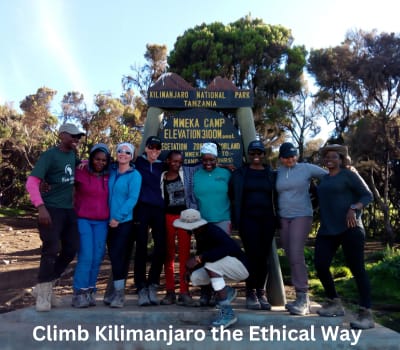
Social Media
Most Popular
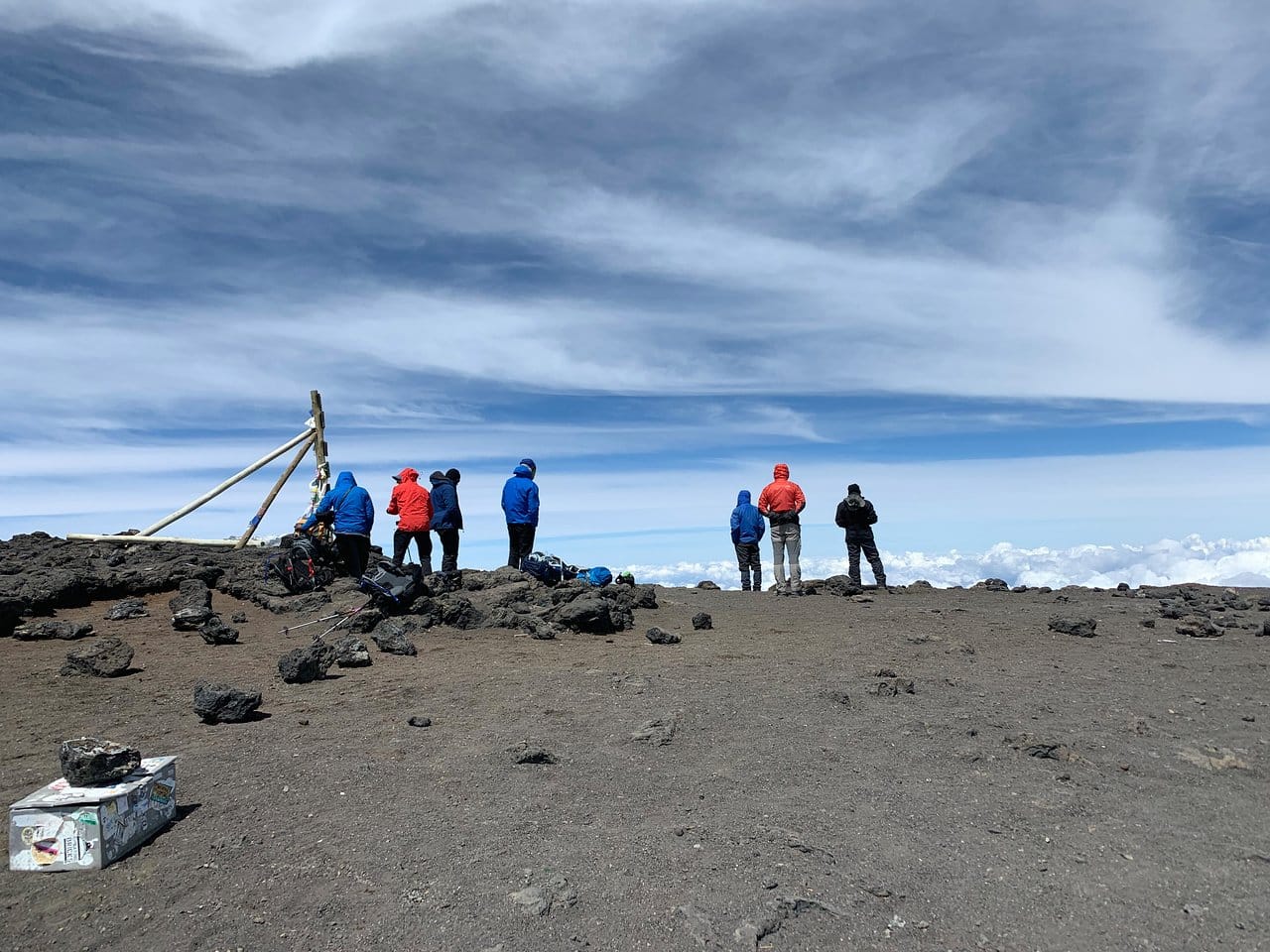
Can I Climb Kilimanjaro Without Guides and Porters
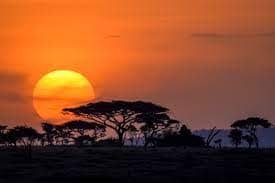
Adventure Things To Do in Tanzania
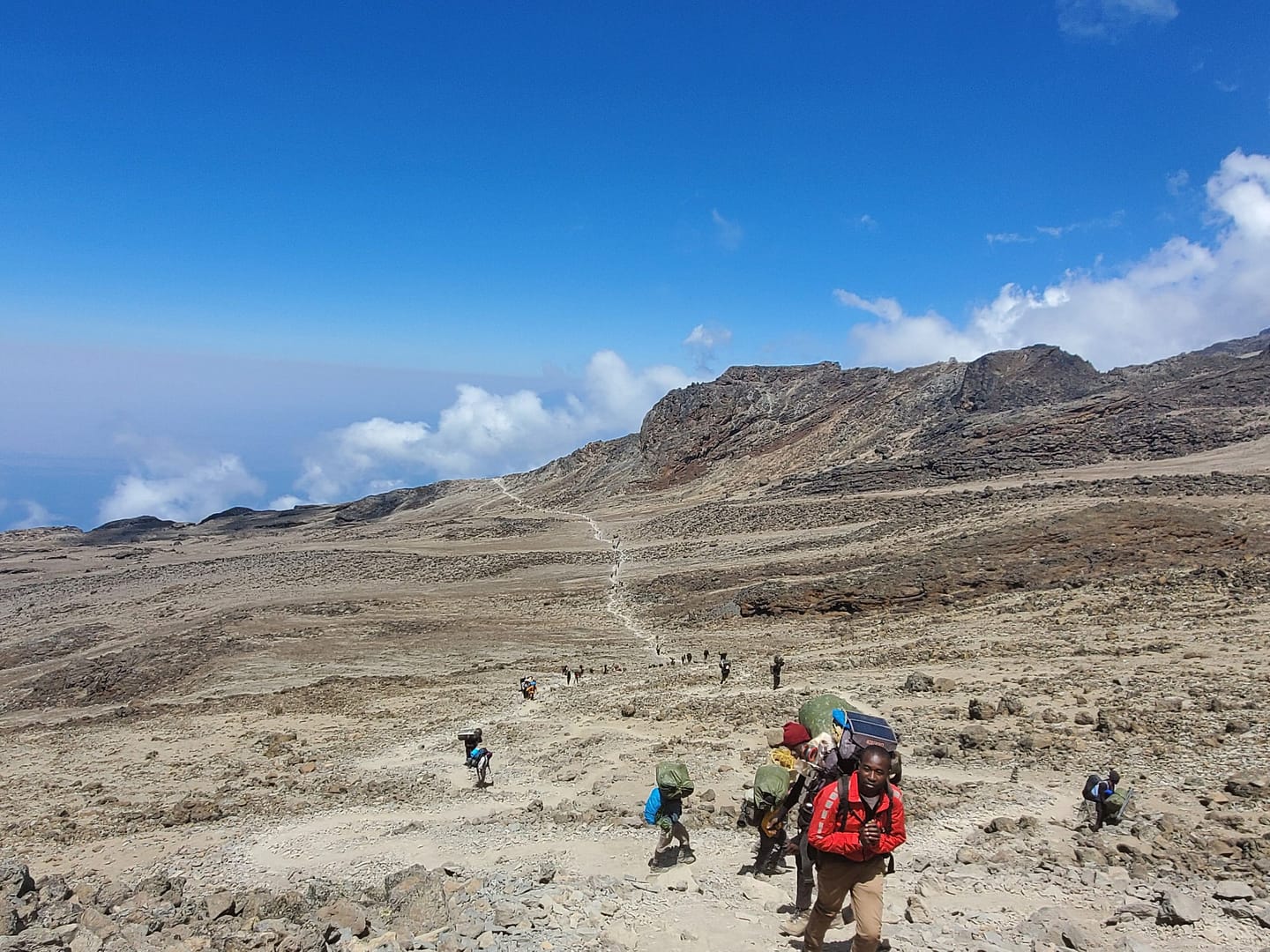
Can I Navigate Kilimanjaro’s Routes Without a Guide
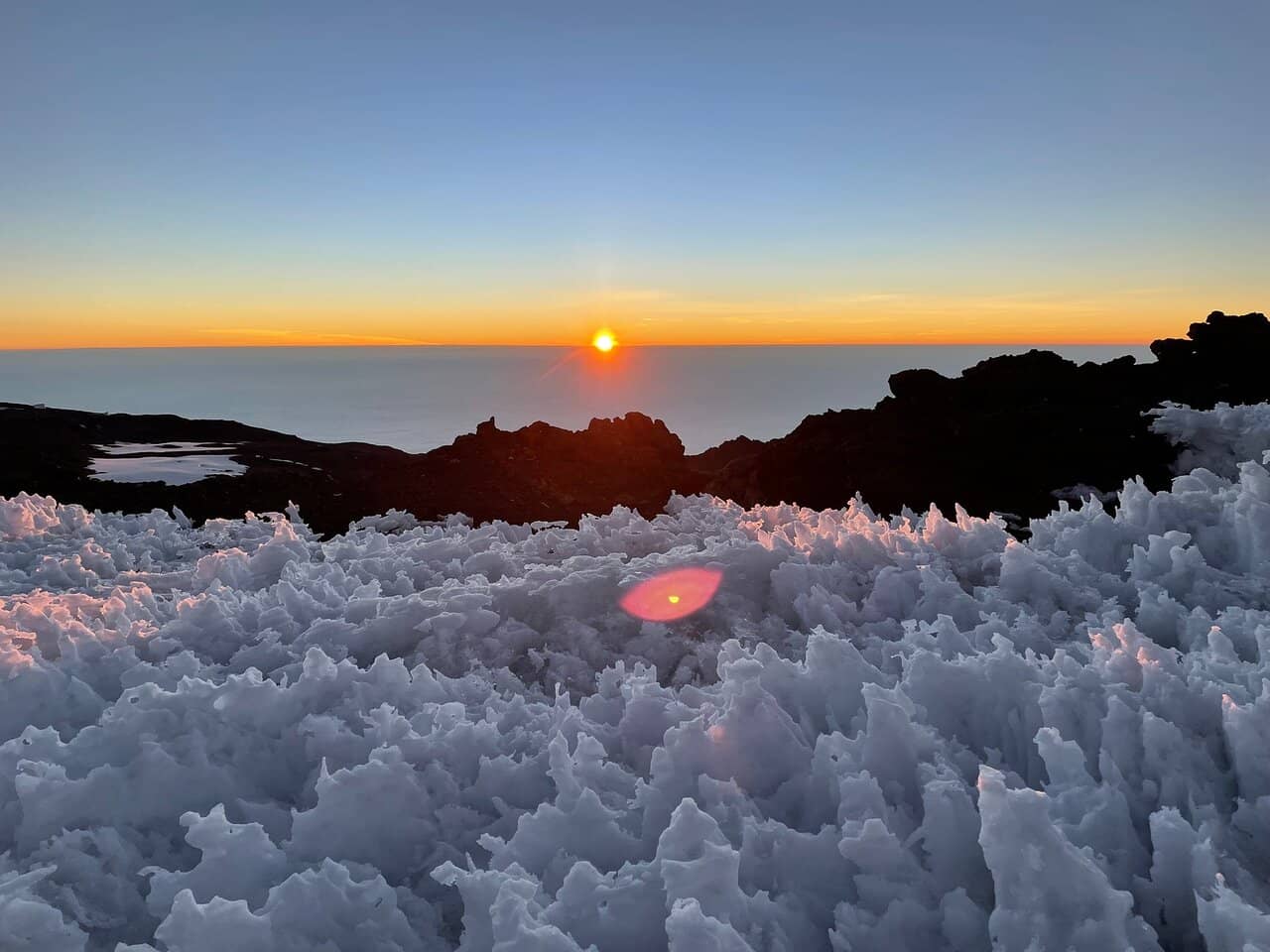
Can I Hire a Guide After Arriving in Tanzania
Book Your Sustainable Tour
Related Posts

Can I Climb Kilimanjaro Without Guides and Porters
Can I Climb Kilimanjaro Without Guides and Porters? Can I Climb Kilimanjaro Without Guides and Porters? Kilimanjaro, Africa’s highest peak, stands as a symbol of

Adventure Things To Do in Tanzania
Adventure Things To Do in Tanzania For those who crave adventure and seek heart-pounding thrills, Tanzania offers an exhilarating array of activities that will satisfy

Can I Navigate Kilimanjaro’s Routes Without a Guide
Can I Navigate Kilimanjaro’s Routes Without a Guide? Climbing Mount Kilimanjaro is an exciting and challenging adventure that attracts adventurers from around the world. One

Can I Hire a Guide After Arriving in Tanzania
Can I Hire a Guide After Arriving in Tanzania? If you’re planning a trip to Tanzania and considering hiring a guide for your adventures, you